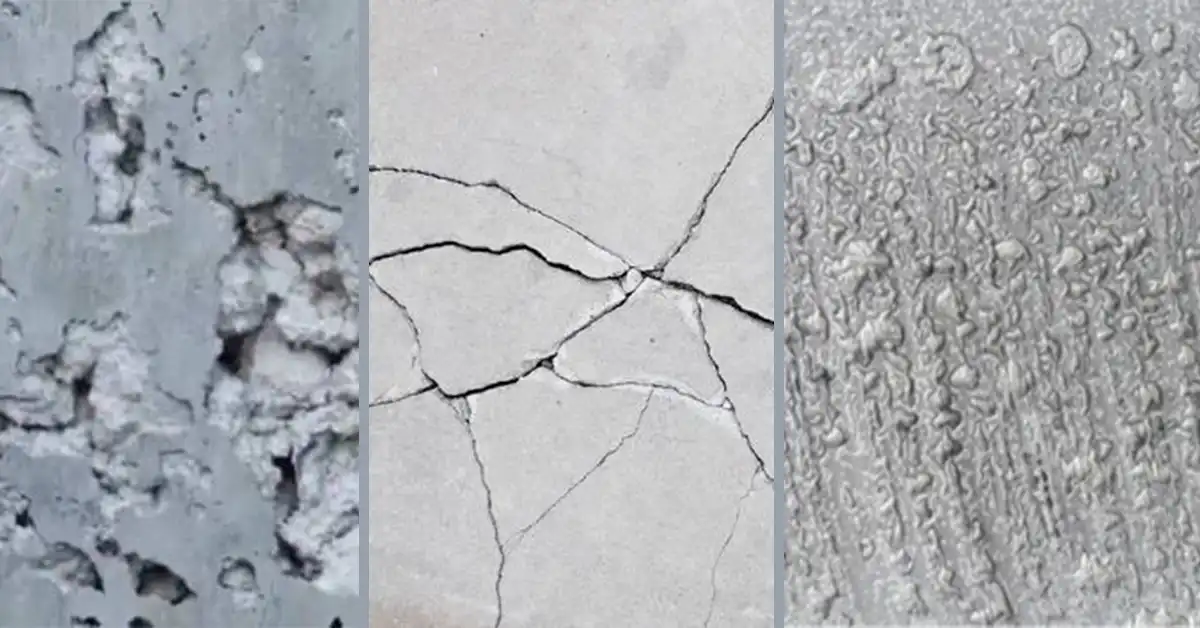Curing is often underestimated, yet it’s one of the most critical factors influencing the strength, durability, and long-term performance of concrete. Improper curing can lead to surface cracking, shrinkage, low strength development, and reduced resistance to chemical attack.
Common deficiencies include:
- Insufficient moisture retention
- Inadequate curing duration
- Uneven temperature distribution, especially in mass concrete or precast elements
- Thermal shock in autoclave/steam environments
How can we detect these issues?
- Ultrasonic pulse velocity (UPV) and rebound hammer tests to assess surface and internal consistency
- Maturity method to estimate strength development based on temperature history (ASTM C1074)
- Surface resistivity and chloride permeability to evaluate durability potential
- Thermal imaging and embedded sensors for detecting non-uniform curing in real-time
- Neville (2011) emphasizes that even small deviations in curing can reduce compressive strength by up to 50% over time.
- ACI 308R-16 outlines best practices and stresses the role of monitoring systems in ensuring proper curing compliance.

